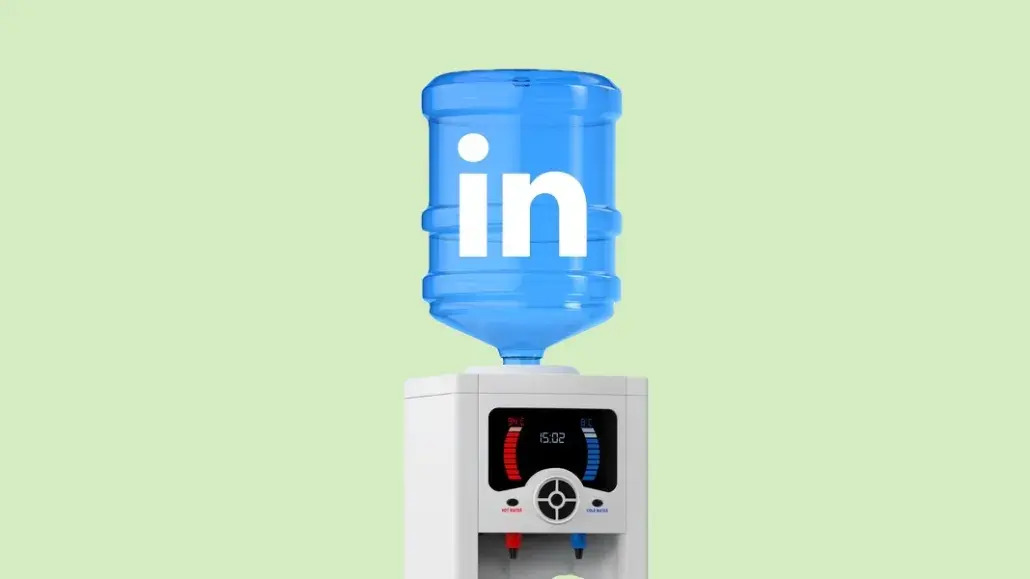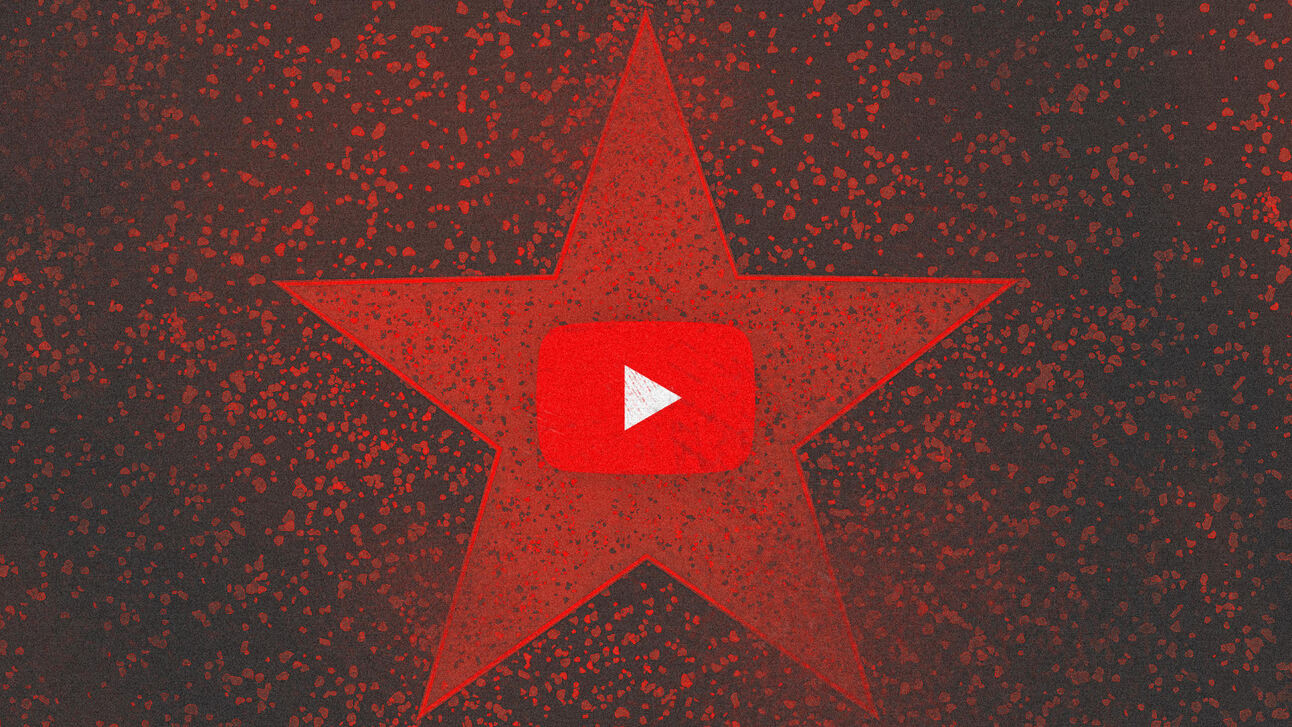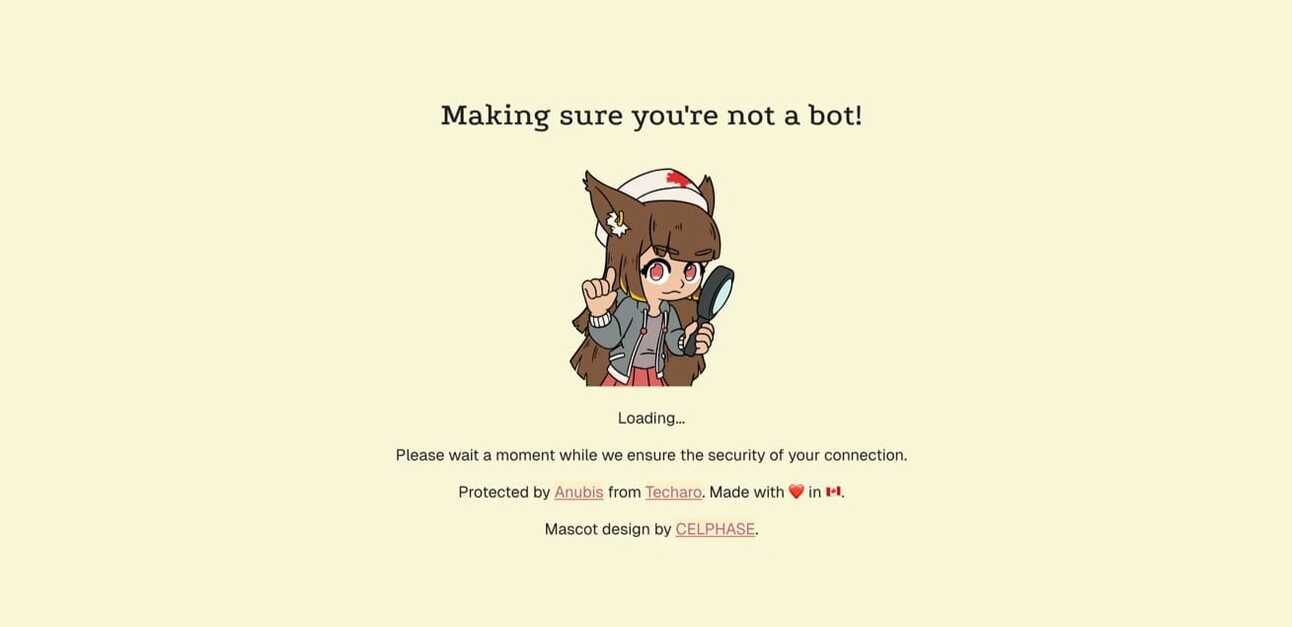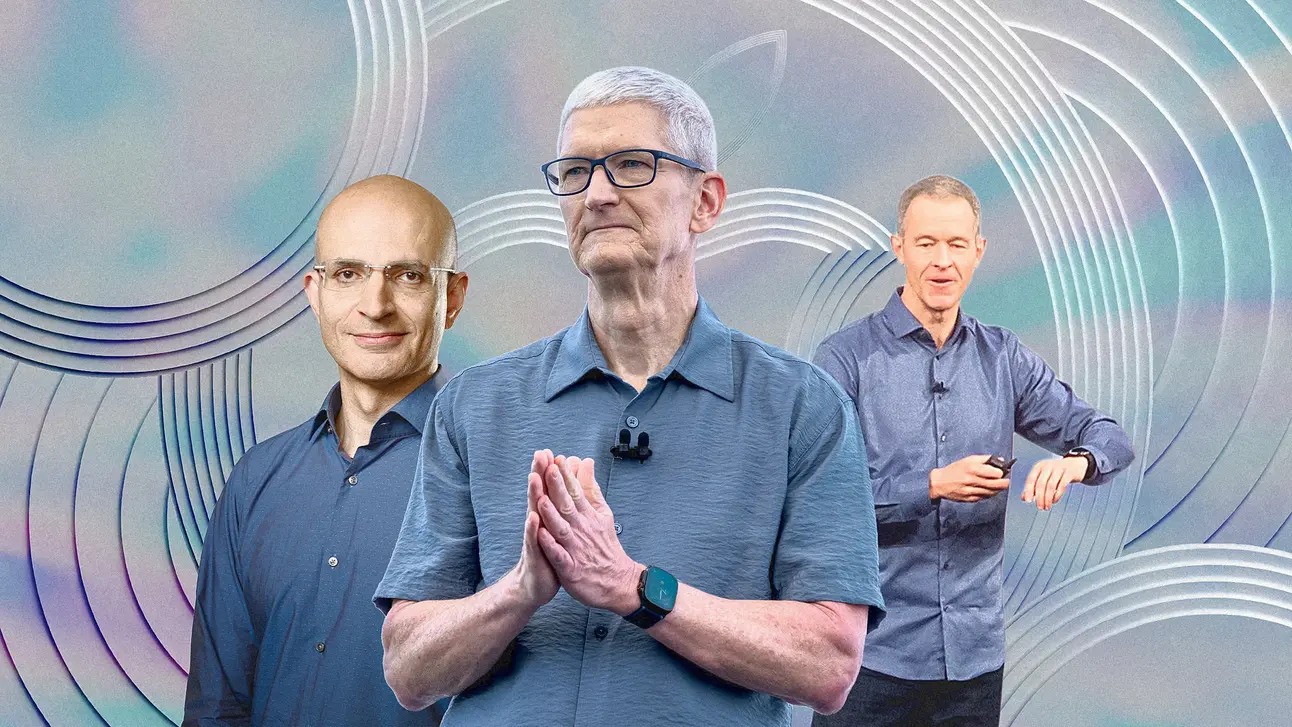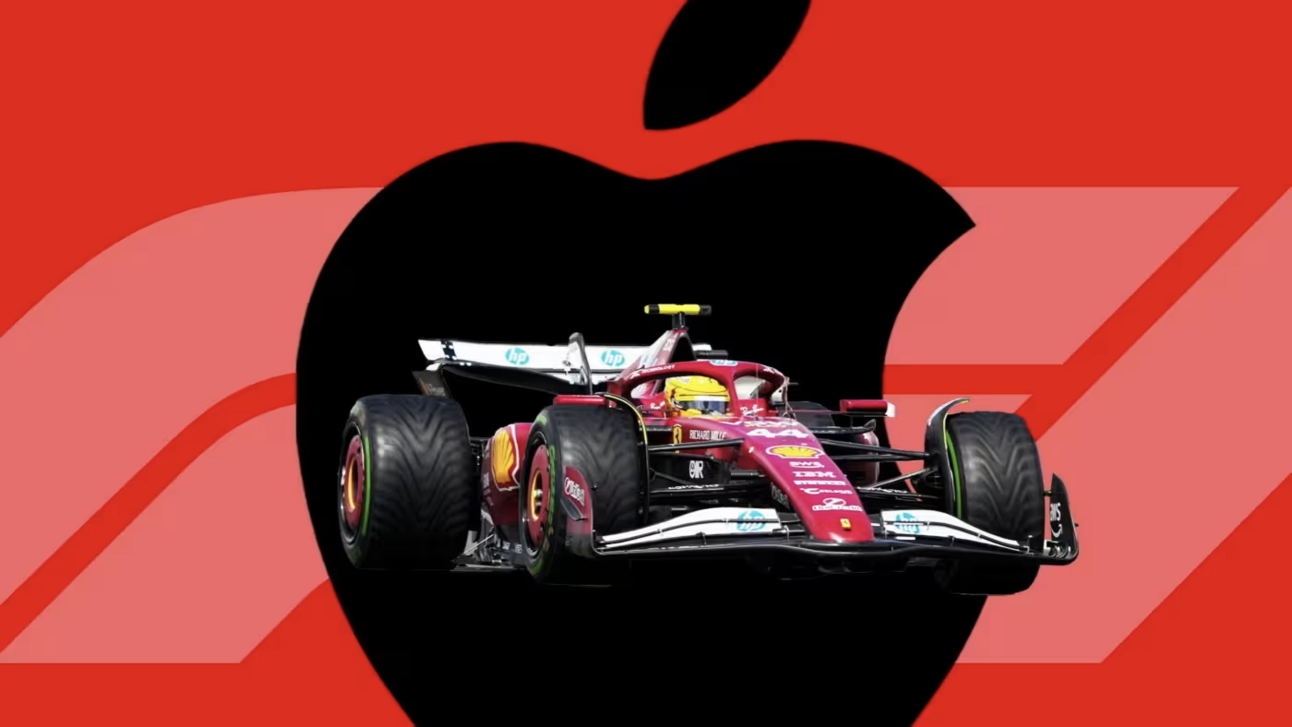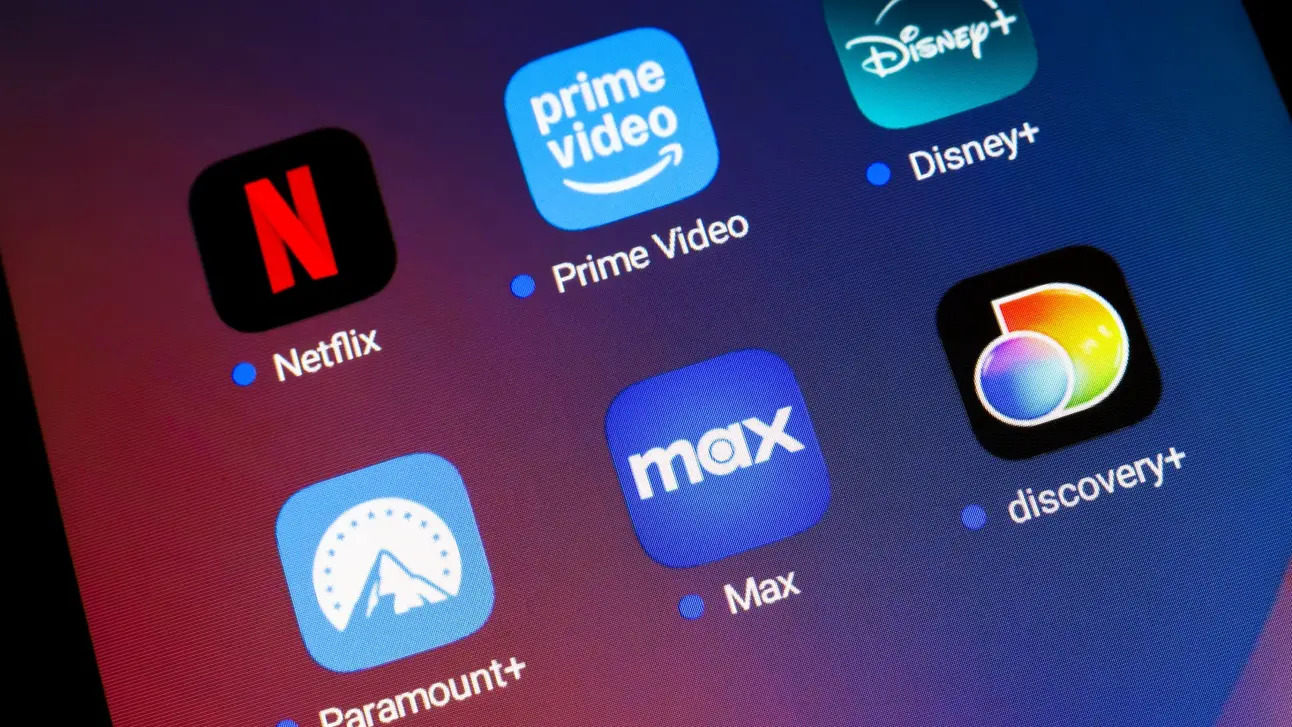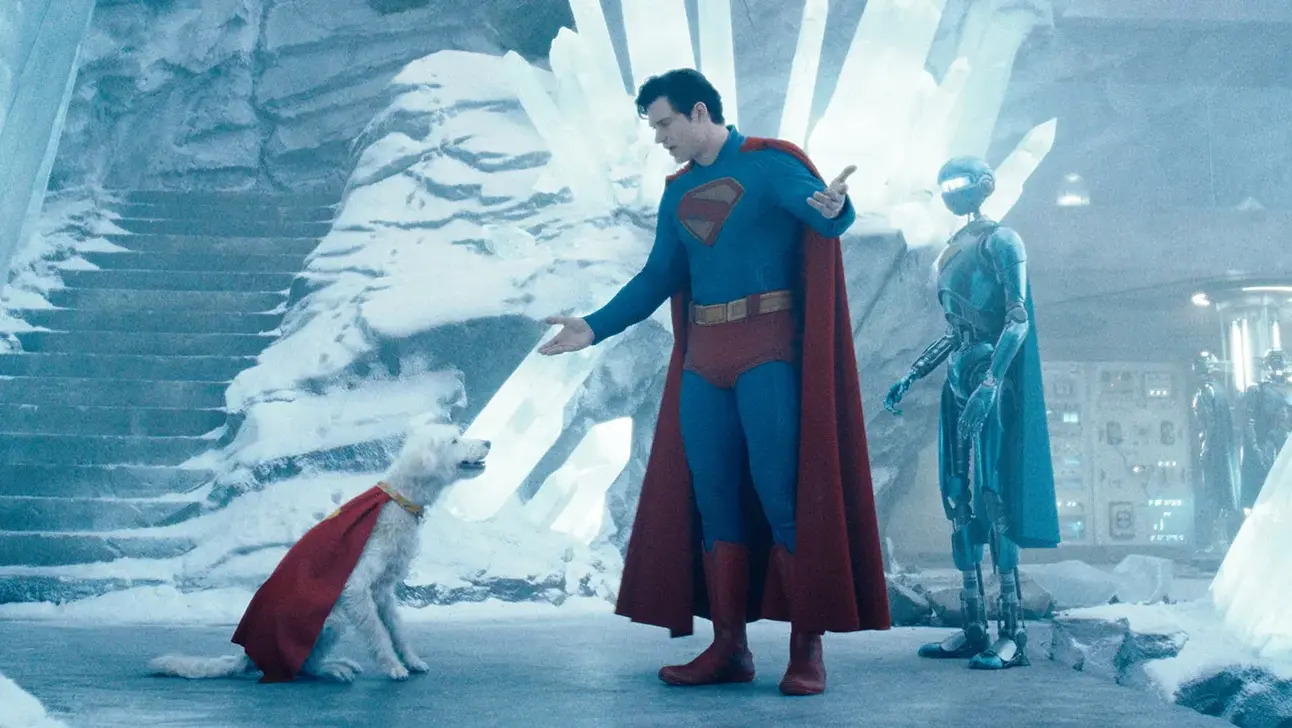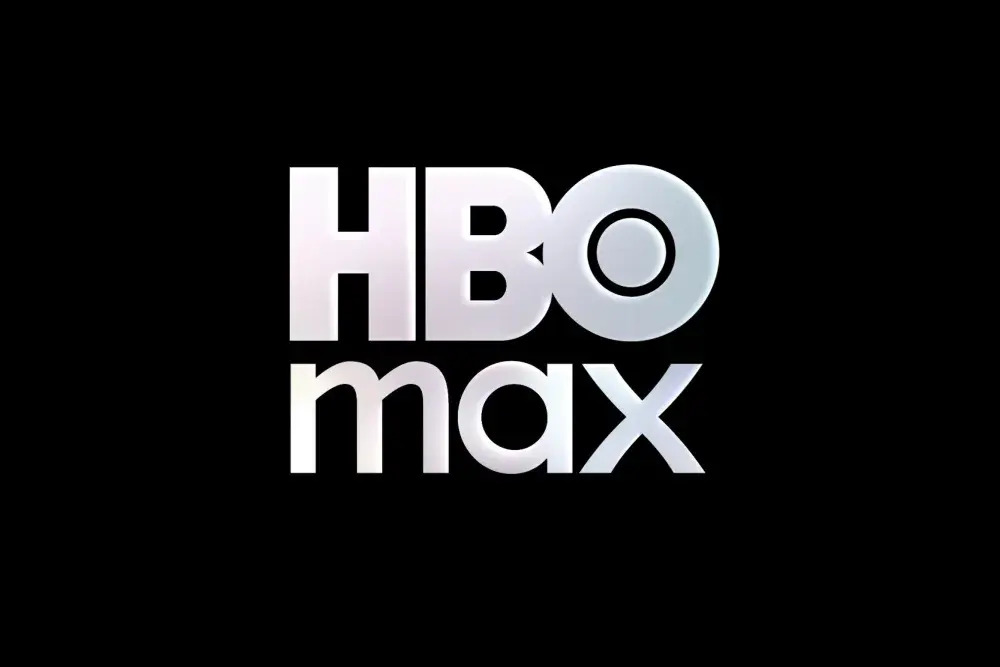- The 10 Things Newsletter
- Posts
- It May Get Harder to Cancel Streaming Services – Here's Why
It May Get Harder to Cancel Streaming Services – Here's Why
Plus: Apple Bids for Formula 1 Rights in US Following Success of Brad Pitt Film

Hey there—Ryan here in sunny LA ☀️. Here’s what I’m tracking today across entertainment, tech, and marketing:
Let’s start with the “Prime” inflation play: Amazon just stretched Prime Day into a four-day affair, hoping extra deals will squeeze more out of cautious consumers. Over in the sky, the TSA’s prepping to retire the infamous “shoes-off” rule—good news for sneakerheads and frequent flyers alike.
On the streaming front, the battle lines are redrawn: Apple’s eyeing Formula 1 rights in the U.S. after testing the fast lane with Brad Pitt’s racing flick, while Warner Bros. Discovery is literally pressing rewind—Max becomes HBO Max again this week. YouTube, meanwhile, is doubling down on its Hollywood takeover plan, proving it’s not just for prank videos anymore. And get ready for a cape-wearing cash machine: “Superman” is gunning for a $100M+ opening.
In tech, LinkedIn just dropped new cross-platform analytics to help creators flex smarter, while Apple design now reports directly to Tim Cook—a subtle shift with big implications post-Ive. Also worth watching: a rising wave of open-source tools is stepping up to block AI bots from scraping the web blind.
Finally, cancel culture is getting harder—but not in the usual way. Streaming platforms are quietly making it more painful to hit “unsubscribe,” testing just how much friction we’ll tolerate for content.
More below. 👇
Thanks for reading! Enjoyed this edition? Share it with a friend or colleague!
Was this forwarded to you? Sign up here to receive future editions directly in your inbox.
Support the Newsletter: If you’d like to support my work, consider contributing via Buy Me a Coffee.
Stay Connected: For more insights and updates, visit my website or follow me on LinkedIn, YouTube, and TikTok.
Work with Me: Interested in partnering with me on sponsored content, consulting/advising, or speaking and workshops? Get in touch here.
How was today's newsletter?Feedback helps me improve! |

